Zeiss 21mm Distagon ZE Review
A detailed look at the Zeiss Distagon 21mm f/2.8 ZE lens
Well, it’s been a while since my review of the Zeiss 18mm ZE and since then, the good people at Zeiss Micro imaging graciously let me have a good, long-term extensive loan of the 21mm lens in EOS mount.
I will start out by cutting to the chase: This is a brilliant piece of optical equipment. It is capable of producing excellent images with today’s cameras under all sorts of different conditions and I do recommend it. However, the $1700 price tag is steep, and with the versatile bargain-ish lenses out there today like Canon’s 17-40L producing pretty good results, we all want to know how this legendary 21mm lens stacks up… People expect a lot out of Zeiss products, and they should. Hopefully the following review can help you decide if this lens is for you.
When I reviewed the Zeiss 18mm, many people ended up pointing out the fact that the 21mm is Zeiss’ best ultra-wide lens and that if you truly wanted to give the 17mm TS-E a run for it’s money in the optics department, you’d have to use it, not the 18mm. So, this ended up being a great opportunity for me to test the best against the best. I personally like to be able to make extremely large prints of my landscape photos and although today’s DSLR sensors help me achieve that, the UWA lens lineup (especially for Canon) has been lacking in quality when the pixels are really pushed to the limit… The TS-E 17mm has proved to be a real champion, but filters (even hand-held GNDs) are an impossibility, as I’ll show later in this review, and although it does a great job at reducing flare, that gigantic front bulb catches stray light from all angles. Is there an alternative?
I know, I know, you’ve heard this from me before. Well now is the time for all of us gear geeks to get our pixel-peeping on and decide what spend our hard-earned cash on.
Build Quality/ Construction/Functionality
Should I even bother to mention it? Those of you who own a Zeiss already know. Those who don’t should at least get your hands on one just once so you can tell the difference. The 21mm ZE is just like the 18mm ZE, only heavier and with a longer barrel. They are both equally the best-constructed wide angle lenses that I’ve ever used, period. The hood that comes with it is metal and locks in place the way it’s supposed to. The manual focus ring works with a level of precision that’s second-to-none, unlike most of the AF lenses out there who’s focus rings are loose and slide from end to end with so much as a finger-brush. All-metal and glass, it’s built like a tank. It’s heavy for a wide-angle at 23oz, but it’s still lighter than the TS-E, which is 29oz. Honestly, if you’re one of those people who can’t handle a a few extra ounces on a wide-angle lens then you should probably just pick yourself up a point-and-shoot and call it a day… (Sorry, but I have no sympathy for the weight-whiners.)
The front-filter thread is 82mm, same as the 18mm ZE. Although the 82mm filters can be pricier and harder to find than the other sizes, this really helps with vignetting, as you’ll see…
Manual focusing only, like all Zeiss lenses. One thing I like is the fact that infinity focus is achieved with the ring pulled all the way to the right. If you know you are focusing at infinity, just turn it until it stops… One thing to be aware of when dealing with a manual lens who’s optics are this incredibly sharp (just like the 17mm TS-E) is the fact that when you are dealing with anything closer than infinity focus, the in-camera focus confirmation may hit even when the lens hasn’t quite reached true focus. Live-view, like on the 1Ds Mk III can be an essential part of getting your focus exact, rather than relying on your camera to beep or illuminate it’s focus point…
Bokeh & Close-up work
Many of the lenses in the Zeiss lineup are highly touted for their “3-D look” when used at wider apertures on nearby subjects. The 21mm definitely brings that to the table…
Of course, this isn’t a macro lens, and no photographer in their right mind should try to use it as such, but with a maximum aperture of f/2.8 and a minimum focusing distance of 0.22 meters (about 8.5 inches) you can get some great effects that other ultra wide angle lenses out there can never reproduce.
After shooting some with this lens close-up and seeing minimal distortion, I do think that some talented people could definitely utilize this lens for creative portraiture. The bokeh is excellent for this focal range. Close subjects can definitely be isolated when shooting wide-open.
Colors and Contrast
After using this lens and testing it up to some others in my arsenal, I have to say that it reproduces by far the richest colors and contrast straight out of the camera.
Below are two shots of the same exact scene, shot at ISO 400, seconds apart under the same exact lighting conditions with the camera tripod mounted. The first is with the Canon 17mm TS-E and the second below it is with the Zeiss 21mm. They were both converted to jpegs with the same exact default raw settings (no sharpening, contrast, saturation or any other adjustments) and they both had the same white balance and tint….
Feel free to click on each photo to see the full sized jpeg as well…
As you can see, there is a huge difference in colors and contrast straight out of the camera.
Using filters:
I ended up being pretty impressed with the Zeiss’ ability to avoid strong vignetting with a polarizer attached. Below are a few examples of using a polarizer outdoors:
Example 1:
Example 2:
In comparison to the 17mm TS-E, an aspect that is appealing to me about the Zeiss is the ability to use graduated neutral density filters. The Zeiss takes front filters very well. When I try to use GNDs handheld with the TSE, despite my best efforts, there always ends up being a certain amount of glare on one side of the frame, due to the bulging front element of the TSE. It ends up looking like I’m shooting from inside a car with the windows up… Not the case with the Zeiss, which has a normal front element. Below are examples of this, and I did my very best to position the TSE’s filter in a way which wouldn’t produce glare, but still, flat glass on an extremely convex front element doesn’t give good results…
So, you can see that until some kind of convex filter system is developed to go with the TSE (which I’m sure would end up being very expensive), it’s best to just not worry about using any front filters with it…
Sharpness tests and 100% crops
So here we are where all of the finite details get scrutinized… I will be the first to admit, I went a little bit overboard with all the tests here, but it’s better to have too much information than not enough IMO.
The three lenses that I tested the Zeiss 21mm with in these comparisons are 1) a very good copy of the Canon 17-40 F/4 L, 2) a Canon 24mm F/1.4 L (first version), and 3) the reigning wide-angle champion, Canon’s TS-E 17mm F/4 L. Now, some people may feel that these are unfair comparisons, since the 17-40 isn’t a prime and the other two are of different focal lengths… But in my opinion, apples and oranges they are not. If you are trying to get the very best detail out of your expensive camera body doing wide angle work, then there is a good chance you’ll consider one of these…
I did my best to physically move and “foot zoom” slightly during the making of these test shots to help make the 100% crops a little bit closer in reproduced size, but in all of them you should notice a difference in the focal lengths, even if only slight…
As always, all shots are tripod mounted, using mirror lock-up, remote shutter and are unprocessed jpegs, straight out of the RAW converter.
For the most part, I’ll let the following exhaustive series of test shots and 100% crops speak for themselves… After all, if you’ve read this far and you are going to spend time looking at all of these, you probably know what to look for and understand the differences and variances.
So without further ado, here they are. The first groups of crops are taken from the following indoor scene at the train station in downtown Los Angeles.
**wordpress resizes the files for the blog format, so please click on the pictures to see the full size.**
Center of frame:
Try to not mistake a difference in focal length with a lack of detail or sharpness…
Top Left of frame:
Far Right side of frame:
Right side of frame:
Chromatic Aberration crops, Left side of frame:
We can see right here that CA is much better handled by the Zeiss and the TSE than the other lenses…
Outdoor tests:
Center of Frame:
I told you I had a good copy of the 17-40… at least in the center 😉
Left side of frame:
I chose this part of the left side because of the high contrast and tendency for CA. As you can see, the 17-40 falters away from the center, which is pretty normal for a wide zoom. The Zeiss is right in second place behind the TSE for sharpness and CA control.
The above set of crops are all at f/8. The Zeiss and 24L seem to have the best color rendition…
These ones are just for posterity… I happened to see this Heron in the scene in a “Where’s Waldo” sort of way and figured I’d show my bird photography prowess off…
By now it’s pretty obvious that the 24L and 17-40 aren’t in the same league, so here’s the Zeiss head to head with Canon’s TS-E:
On a dreary, overcast day the optics speak for themselves much better and the lighting stays consistent…
Center of frame:
I don’t see much of a difference in sharpness, maybe the TSE wins by half of a hair… I do see a difference in color straight out of camera, in favor of the Zeiss…
Left Center:
Middle right side of frame:
Far right edge of frame:
The Zeiss doesn’t perform at it’s best until f 5.6 and smaller. Even when taken down one stop to f/4, the TS-E beats it in edge sharpness wide-open, which isn’t that big of a deal when you consider the fact that there’s not much else out there that has sharpness across the frame like the TS-E…
Conclusion:
Overall, I’d say I’m still very impressed with the Zeiss. The $2,500.00 17mm Tilt-Shift still out-performs it in the sharpness category, but not by a huge margin. Color rendition is where the Zeiss wins big. Microcontrast too. Does this make my wide-angle lens decision any easier? Nope. Truth is, most people (myself included) can’t afford to own both the Zeiss 21 and the Canon 17 TSE. It just doesn’t make practical sense in these times. I would rather spend that extra money on a great photography trip. But if I were a big-timer then yes, I’d own both of these and I’d use the Zeiss whenever a polarizer or GND was required.
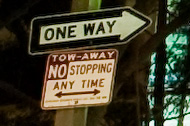
100% Crop - Far left edge... There's no way my 17-40 or 16-35 could ever give me the sharpness and distortion control at 21mm from corner to corner like this...
I still think it’s pretty cool that Zeiss has kept the same exact design on their lenses for so long.. Instead of trying to come up with a new superficial “modern” design, they’ve maintained the ability to produce a solid piece of optics in a rugged metal housing. If it ain’t broke, don’t fix it.
Hopefully this review has helped you decide whether or not this lens is for you. But, if you’re anything like me, it only complicates matters. We must realize that there will never be the ‘perfect’ piece of camera equipment. As artists and perfectionists, some of us find it our duty to search for the flaws so that we can eliminate them.
In the end, if you’re willing to pay for it, you can get pretty damn close to ‘perfect’ in the UWA range with either the TSE or the Zeiss… You need to decide which one fits your needs best.
Now, quit all this pixel peeping and go shoot! 😉
thanks for reading
-Mac
PS: If you’ve decided to that the Zeiss 21mm 2.8 is for you, buying it through This Link will help support the site a little… In addition, if you feel like showing your support, anything at all no matter how big or small you purchase after clicking through the Adorama link on the right column near the top of the blog helps out. Thanks!
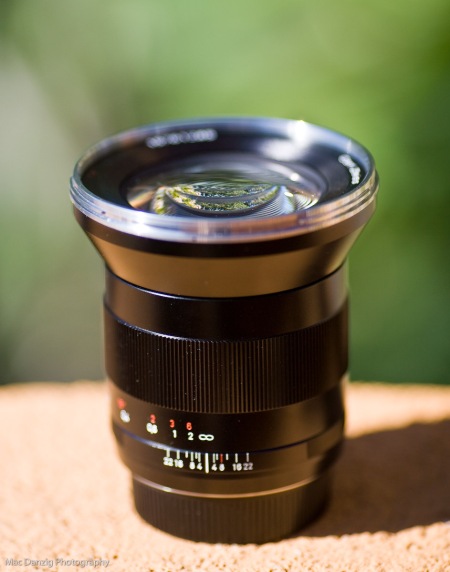
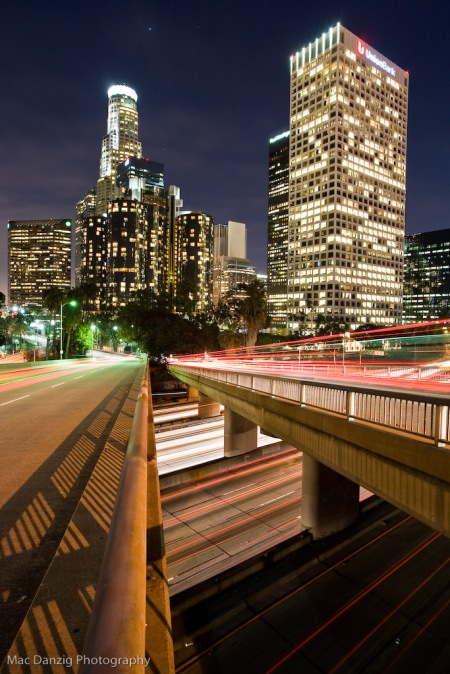
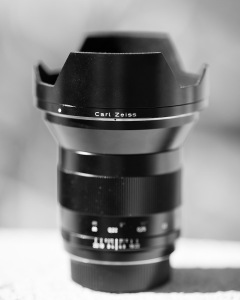


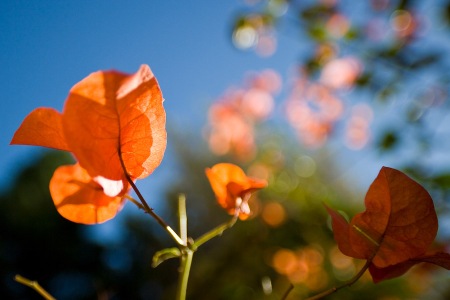
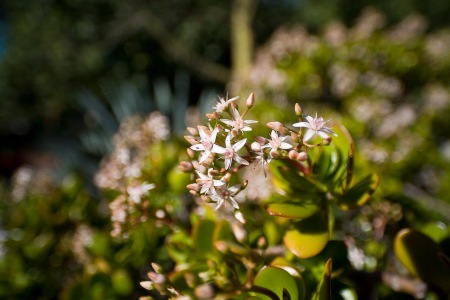

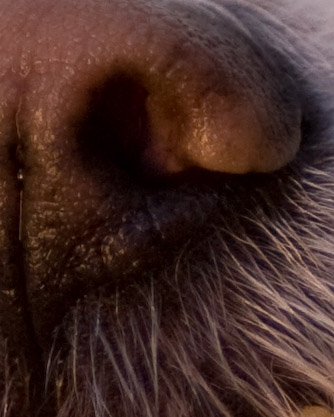


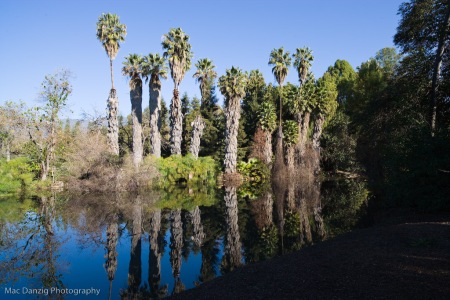
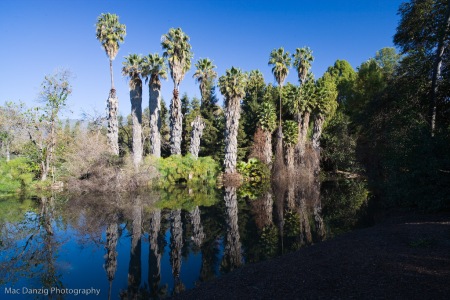
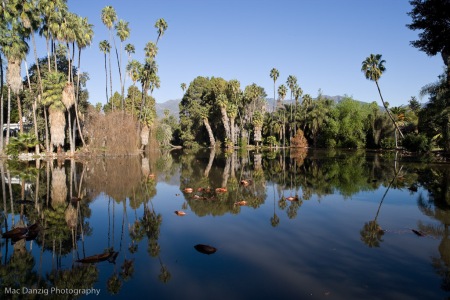
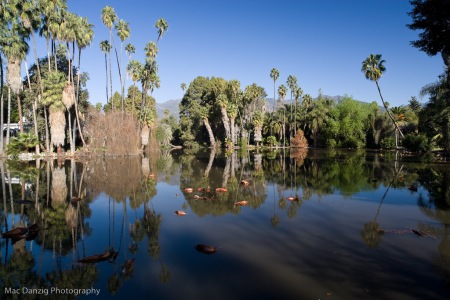
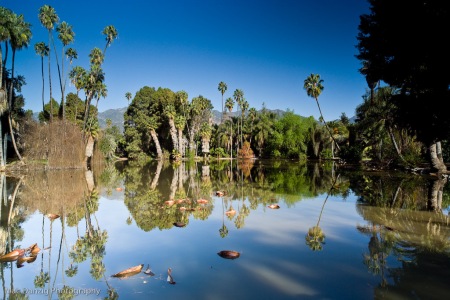
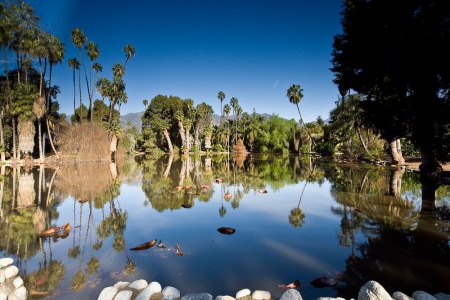
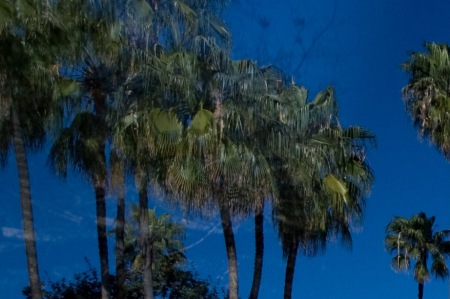
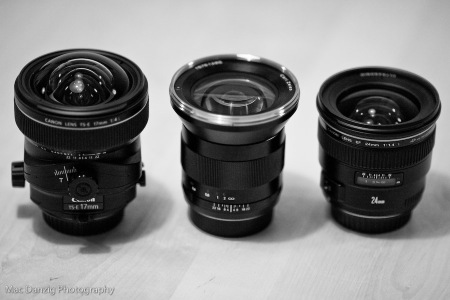

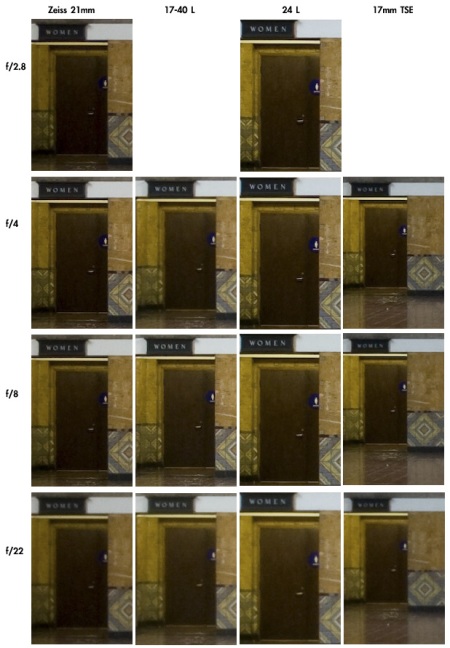
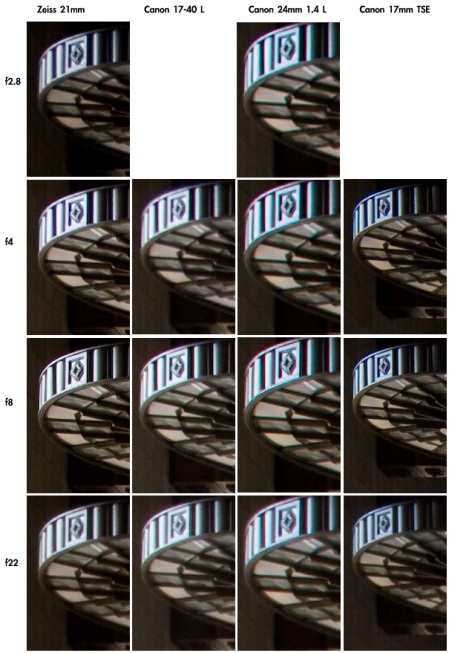
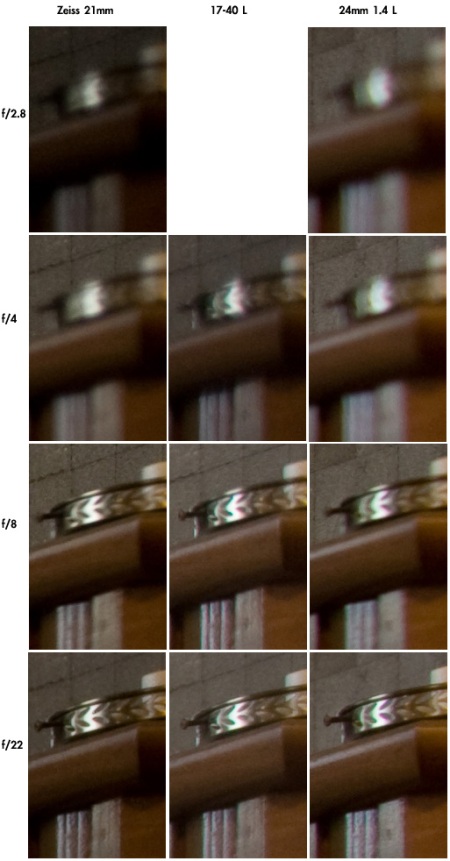

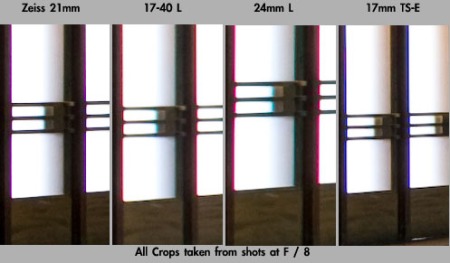
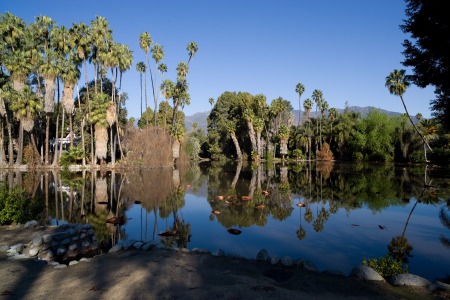
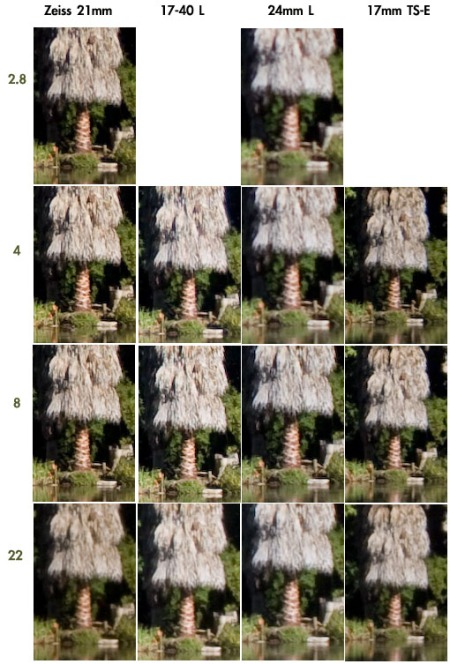
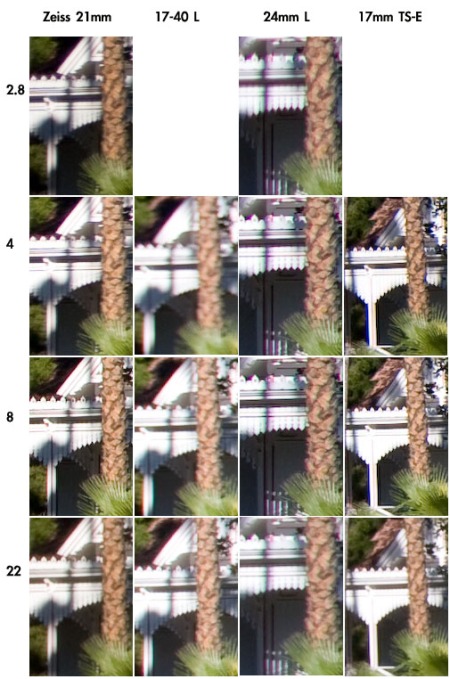
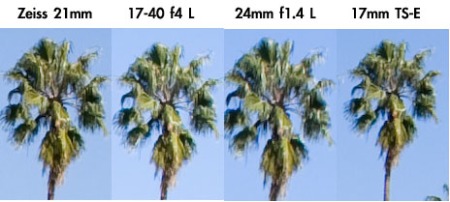
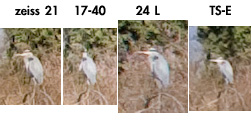

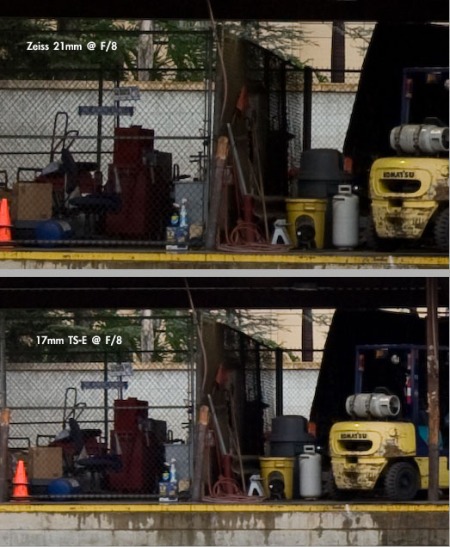

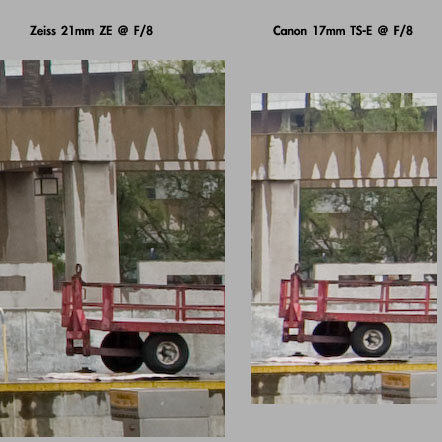
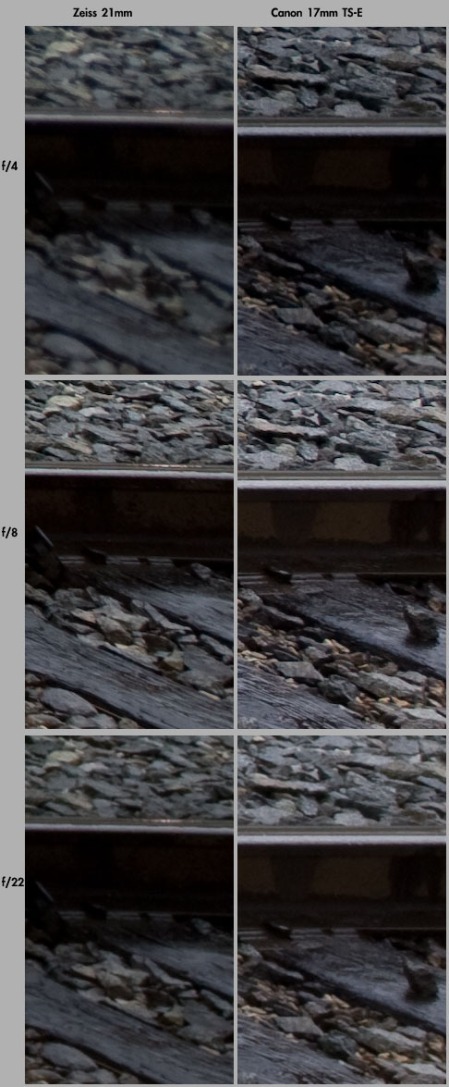
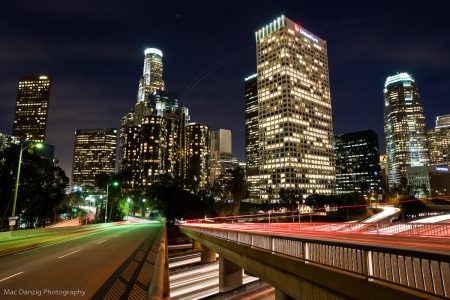
February 4, 2010 at 10:19 AM
great test,
I always shot on Zeiss/Contax and I still do.
I am into Nikon Digital for a month and already missing that 3D, saturated colours, Zeiss feel I am used to.
This lens is the first Zeiss I’d buy for my Nikon, 21mm is not a big deal to use on manual focus.
March 3, 2010 at 9:33 AM
Mac,
In the large interior shots of the train station why does the perspective from the 21mm Zeiss look so concave and the 17TS-E so straight? Were you using shift for that shot with the 17 TS-E?
I was planning on buying the Zeiss 21mm for shooting video on the 5d MKII, but the perspective distortion is giving me second thoughts. The 17 TS-E looks so perfect on that shot.
March 4, 2010 at 6:33 AM
Robert,
thanks for the inquiry. the TS-E was not shifted or tilted at all in any of the comparison shots… It just happens to have some of the best distortion-handling capabilities of any lens in that range. Much of this is due to the large image circle… The Zeiss 21mm itself actually does great with the distortion, it’s just that when compared side-by-side to the 17 TS-E, there is a noticable difference… This is no knock on the Zeiss, it’s simply a testament to the TS-E… The Zeiss 21mm probably has less distortion than any other lens I know of in that focal length range besides canon’s tilt-shift offerings.
June 21, 2010 at 5:59 AM
[…] landscape/general wide angle prime, and it’ll either be the Canon 17mm f/4 Tilt Shift or the Zeiss 21mm f/2.8 Distagon ZE. Both are great. The Zeiss is the best feeling lens I’ve ever used. It’s precise, […]
July 15, 2010 at 2:22 AM
Hello, Mac.
It’s very helpful and thorough review. Thanks a lot! One question: I wonder if the comparison photos in “Colors and Contrast” section are swapped since 21mm Zeiss photo looks wider than 17mm Canon photo.
August 11, 2010 at 6:22 PM
goojs,
Thanks.
Nope, they are not swapped. The difference you see is due to me backing up with the 21mm mounted, in order to get a similar amount in the frame as compared to the 17mm lens. The goal is to try and get an object at infinity to appear the same size in the frame on both lenses. This often results in backing up a little more on the ‘longer’ lens…
September 9, 2010 at 7:50 PM
Very impressive work by you. Very informational.
http://www.lestudioup.net
December 5, 2010 at 4:38 PM
Hi, Mac.
Thanks for your helpful review on Zeiss 21/2.8, it’s such a great glass. I’m considering buying one for landscape photography, but what concerns me is the possibility of getting vignetting in the images if I use a Cokin Z-Pro filter holder to stack a Singh-Ray LB polarizer Cokin Z-Pro sprocket and a Singh-Ray GND Cokin Z-Pro, instead of handholding. Is this right?
January 16, 2011 at 7:02 PM
[…] any serious landscape shooter. But rather than spend time here doing an extensive review check out Mac Danzig’s blog for his in-depth look at the lens. Also if you are a keen gear-head check out these reviews as […]
May 29, 2013 at 9:20 PM
Macs blog post was instrumental in my renting this lens and I pretty much agree with everything Mac explained. As for Vignetting tiagocena – you’ll probably experience that especially with the polarizer but I actually liked the look. Please read my review of this lens from a landscape shooters perspective at my blog http://www.fototripper.com/carl-zeiss-21mm-distagon-lens-review/